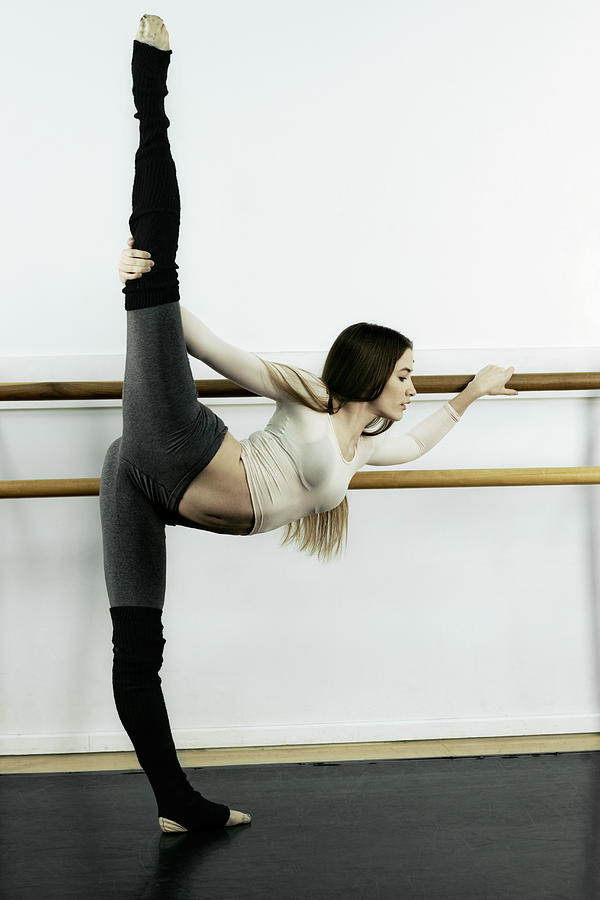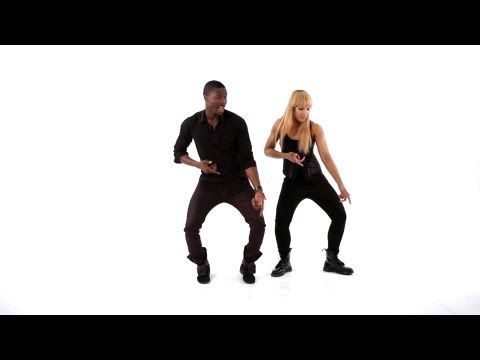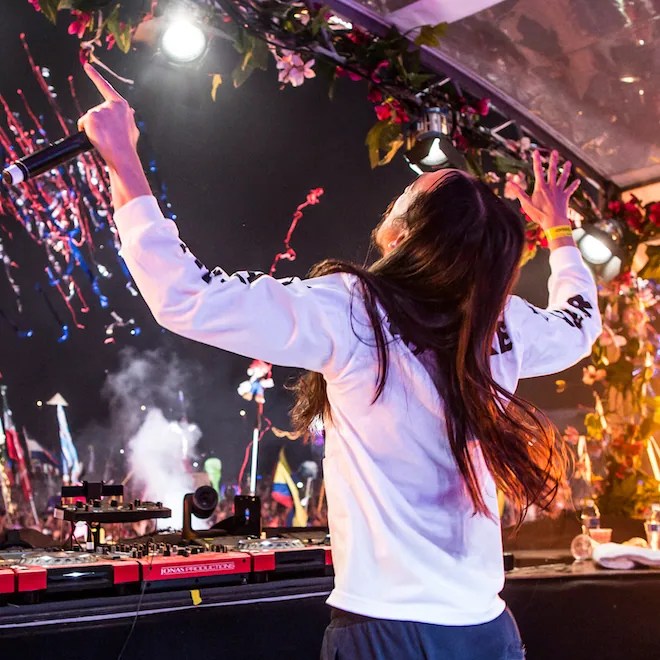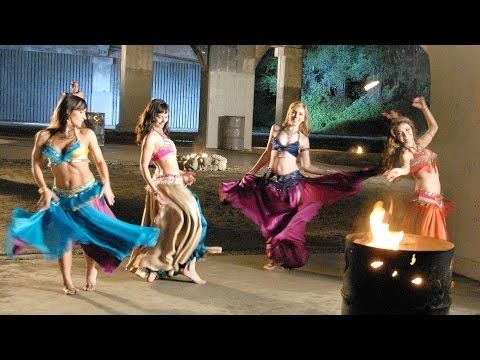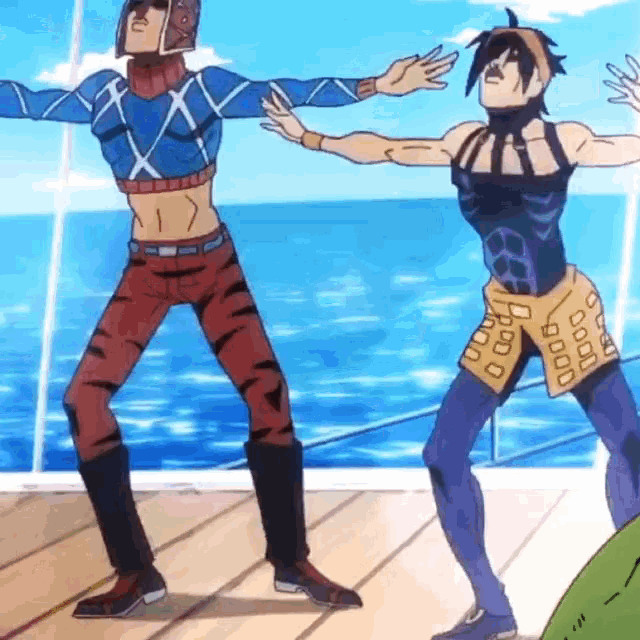How to make body flexible for dancing
10 Top Stretches and Exercises to Improve Dance Flexibility
by Stelle World on 0 comments
Flexibility is an important part of dance. Dance flexibility can take up to 6 months or a year of constant discipline depending on the age of the dancer. It can be frustrating for dancers who expect to see results right away.
Here are a few stretches and exercises to improve dance flexibility for young dancers.
1. Standing Hamstring Stretch
This stretch is great for the neck, back, glutes, hamstrings, and calf muscles. Start off standing tall with your feet hip-width apart. Bend your knees slightly and rest your arms by your side.
Exhale as you bend forward from the hips and lower your head to the floor. Try to keep your head, shoulders and neck relaxed as you do this stretch.
Wrap your arms around the back of your legs and hold. Experts suggest that you hold a stretch for 10 seconds to 3 minutes. If you go into a stretch and feel as if you immediately want to release it is a sign that you need to spend more time stretching this area as part of your dancer workout plan.
When you are done holding your stretch bend at the knees and roll your way back up to a standing position.
2. Piriformis Stretch
The piriformis muscle is located outside the butt. It is a deep internal hip rotator. Your deep internal rotators produce a lot of movement at your hips and stretching these muscles should be apart of your daily ballet workout.
Sit on the floor with both legs extended out in front of you. Cross your left leg over your right and place your left foot flat on the floor beside you. Then place your left hand on the floor behind your body.
Put your right hand on your quad or bring your elbow to your knee and press your left leg to the right. You should feel a twist in your body when you are performing the stretch correctly.
3. Lunge With Spinal Twist
This stretch helps open up your hips and improves mid-back mobility, which is a necessary part of ballet turns.
Start with your feet together and take a big step forward with your left foot. Now your feet should be in a staggered stance. Bend your left knee as if you are lunging. Keep your right leg straight behind you.
Your toes should point downward to the ground. You will feel a stretch in your right thigh. Now place your right hand on the floor beside you and twist your upper body to the left. Reach your left arm up toward the ceiling and stretch as if you are trying to touch the ceiling.
Hold the stretch and then repeat on the other side.
4. Tricep Stretch
An area of deep stretching often overlooked by dancers is the arms. Most dancers focus on the legs but you will also need arm flexibility to complete many ballet positions.
For a tricep stretch stand tall with your feet hip-width apart. Extend your arms up over your head. Bend your right elbow and reach your hand behind your head to touch the top middle of your back.
You can gently pull your elbow toward your head yo get a deeper stretch.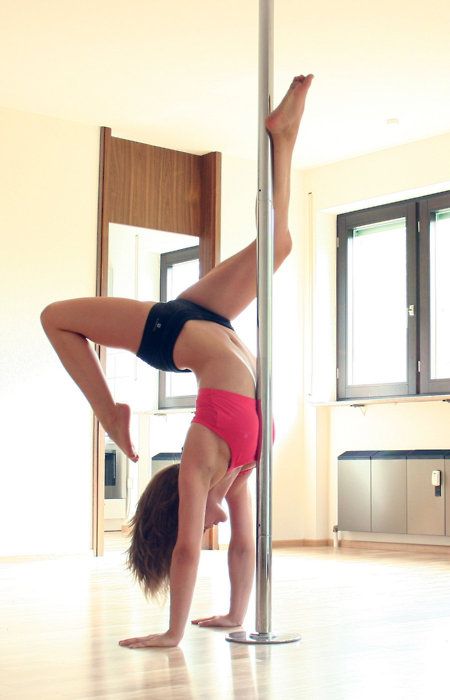 You should feel the stretch in your neck, shoulders, back, and triceps. When you are done holding the stretch repeat on the other side.
You should feel the stretch in your neck, shoulders, back, and triceps. When you are done holding the stretch repeat on the other side.
5. 90/90 Stretch
This is another great stretch for dancers because it hits both hips at the same time. Sit with your right knee bent at a 90-degree angle out in front of your body. Keep your foot flexed and your sole should be facing the left.
Let your leg rest flat on the floor as you place your left knee to the left of your body. Bend the knee so that the foot faces behind you. Be sure to keep this foot flexed too.
Try your best to keep your right glute on the floor and move the left glute as close to the floor as possible. This may not be possible if you have been dancing a lot and are super tight in your glutes or hips.
Hold the stretch and repeat on the other side.
6. Frog Stretch
Another one of our dance tips for flexibility is to not sit crossed legged. Crossing your legs can lead to tight hips.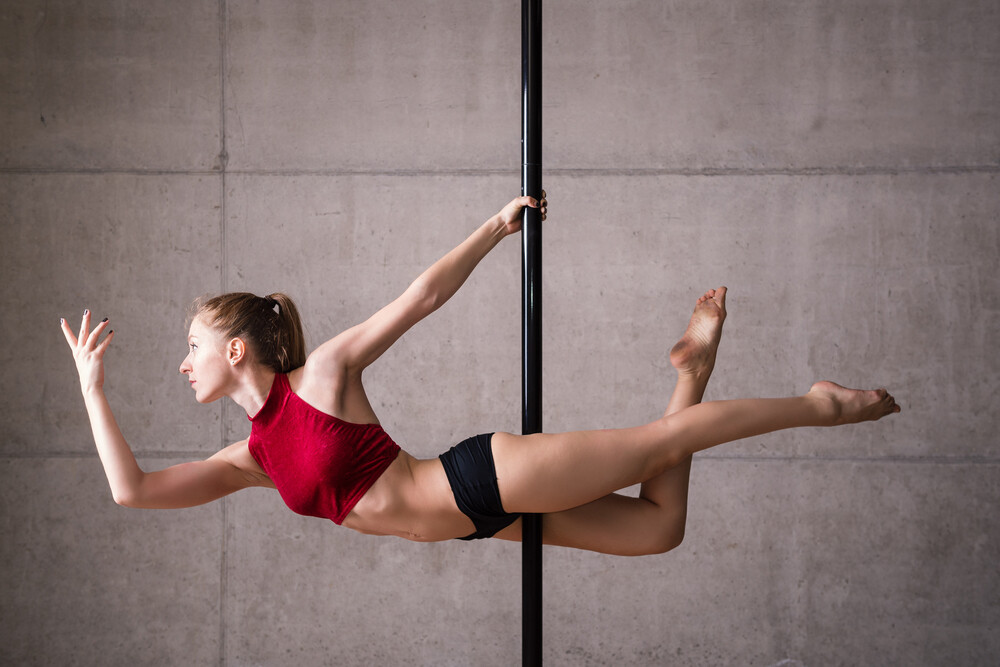 Here is a stretch you can do if you do happen to sit cross-legged a lot.
Here is a stretch you can do if you do happen to sit cross-legged a lot.
Get down on all fours and slide your knees wider than shoulder-width apart behind you. Turn your toes out and rest the edge of your inner thigh on the floor. Shift your hips back toward your heels and keep your feet flat on the floor.
If you can move from your hands to your forearms for a deeper stretch.
7. Butterfly Stretch
This simple stretch helps the hips, glutes, back, and thighs. Sit on the floor with your back tall and your soles together. Bend your knees out to the side.
Hold your ankles or your feet, engage your abs, and slowly lower your upper body toward your feet as low as you can go while at the same time pressing your knees down into the floor.
8. Shoulder Squeeze
This stretch relieves poor posture and releases tension in the back. Sit on the floor with your knees bent and feet flat. Clasp your hands together behind your lower back and straighten and extend your arms.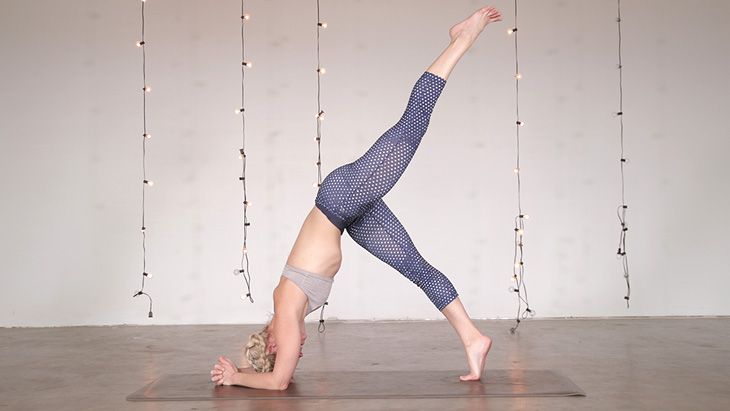
Squeeze your shoulder blades together for a few seconds and then release. Repeat this stretch for 5 to 10 times.
9. Side Bend
This easy stretch keeps the groin, and hips inner thighs flexible. Kneel on the floor with your legs together. Keep your back straight and your core engaged. Extend your left leg out beside you.
The reach your right arm up and rest your left arm on your left leg. Gently bend at the torso and right arm to the left side of your body. Try to keep your hips facing forward as you hold the stretch. Then repeat on the other side.
10. Neck Stretch
Most dancers forget to stretch their necks. A good neck stretch can positively impact the rest of your body.
Drop your right ear down to your right shoulder. Press down on your head to deepen the stretch and hold. When you are done, complete the stretch on the other side.
Keep Working on Your Dance Flexibility
No one has ever become flexible overnight. To improve your dancer flexibility, stretching should be apart of your daily routine.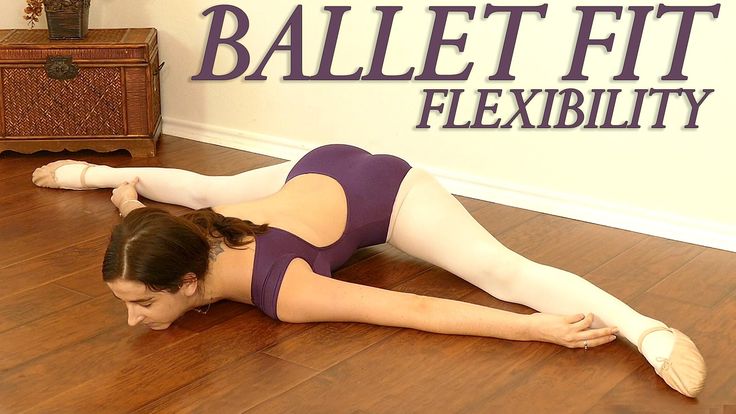 Just keep at it and you’ll start to see a noticeable difference.
Just keep at it and you’ll start to see a noticeable difference.
Stelle is a dance label created by a mother of three girls who love to dance. Our blog is full of great content like this article on how to help your budding ballerina do a proper plie squat.
- dance, flexible dancing, stretching
Older Post
Newer Post
How to Boost Your Flexibility
"How can I get more flexible?" It's a question every dancer has asked themselves at one time or another. Whether you're attempting your first split or trying to nail a crazy high extension in your new dance uniform, flexibility is one of the key components to being a great dancer. If you want to improve yours, it can certainly enhance your rehearsals in the studio and performances on the stage. Just make sure you take the right approach.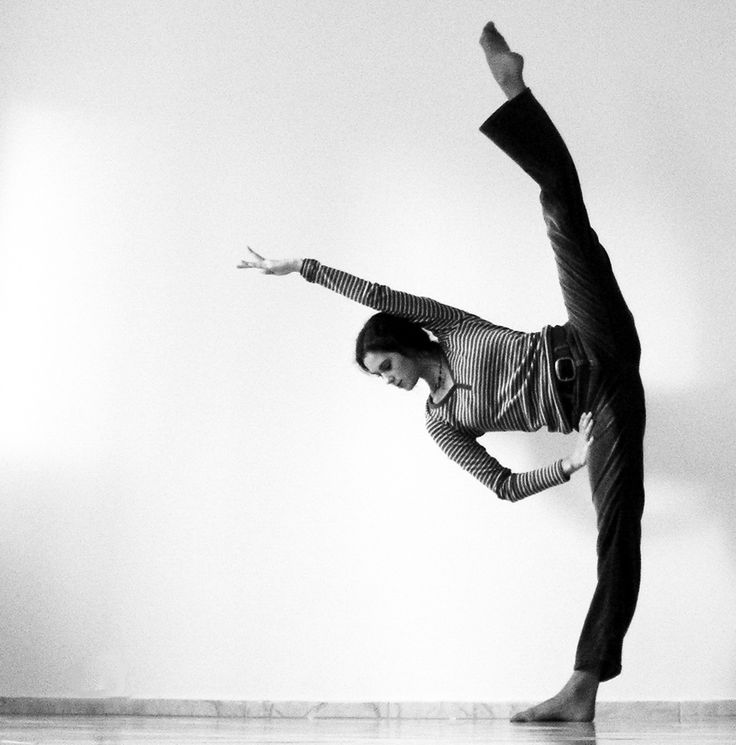 Here are some tips to help you in the process.
Here are some tips to help you in the process.
Tip #1: Take your time.
There's no fast way to get more flexible. So don't look for some quick fix on the Internet that will magically elongate your dance moves. It doesn't exist and you could actually wind up hurting yourself in the process. In fact, when you try to make too much progress too fast, you're going to end up with some kind of sprain or strain in your muscles, tendons or joints.
Instead, take a gradual approach. Try to slowly and patiently improve flexibility so that your muscles have the time they need to safely adapt.
Tip #2: Warm up first.
Another vital tip to improving your flexibility involves warming up first. If you start stretching with cold muscles, you're going to wind up with an injury because your muscles aren't limber and ready to stretch in the way you want them to. Doing so can also cause muscle instability that impacts both your strength and agility.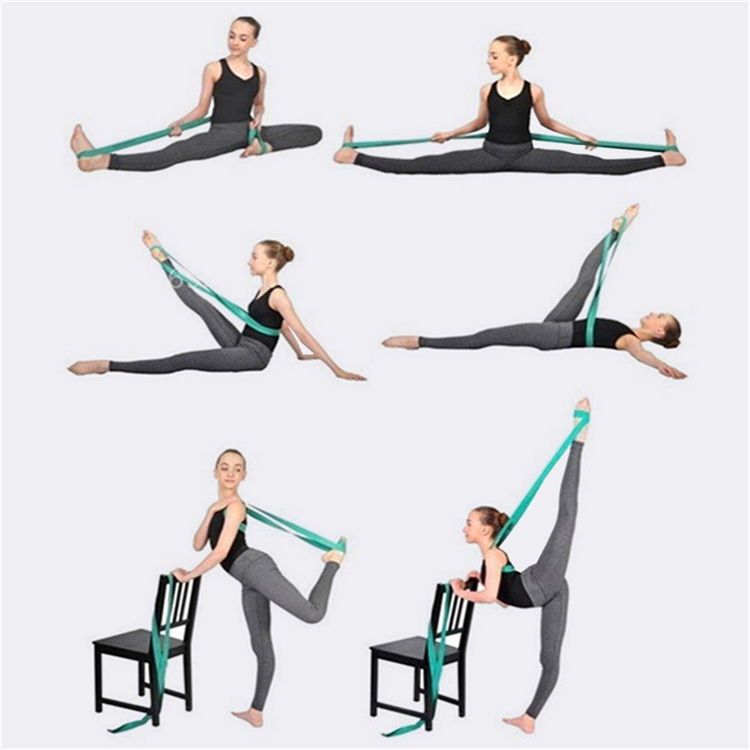
So rather than jumping into difficult stretches or exercises to enhance flexibility, warm up first with a few minutes of cardio. This can be as simple as some jumping jacks or running in place for a couple of minutes. Then ease yourself slowly into your first stretching pose and take it from there.
Tip #3: Listen to your body.
When it comes to stretching and building flexibility, everyone's body is different. What's easy and comes naturally for one dancer -- who's more limber -- might take months of work for another. That's why it's important to listen to your body and pay attention to what works for you. Some dancers are naturally built to be more flexible, so don't compare yourself to others during the process.
When you're holding your stretches, also be careful that you don't hold them for too long. In the beginning of class, aim for holding your stretches no longer than 15 seconds. Toward the end of class, however, you can hold stretches for longer - from 60 to 90 seconds.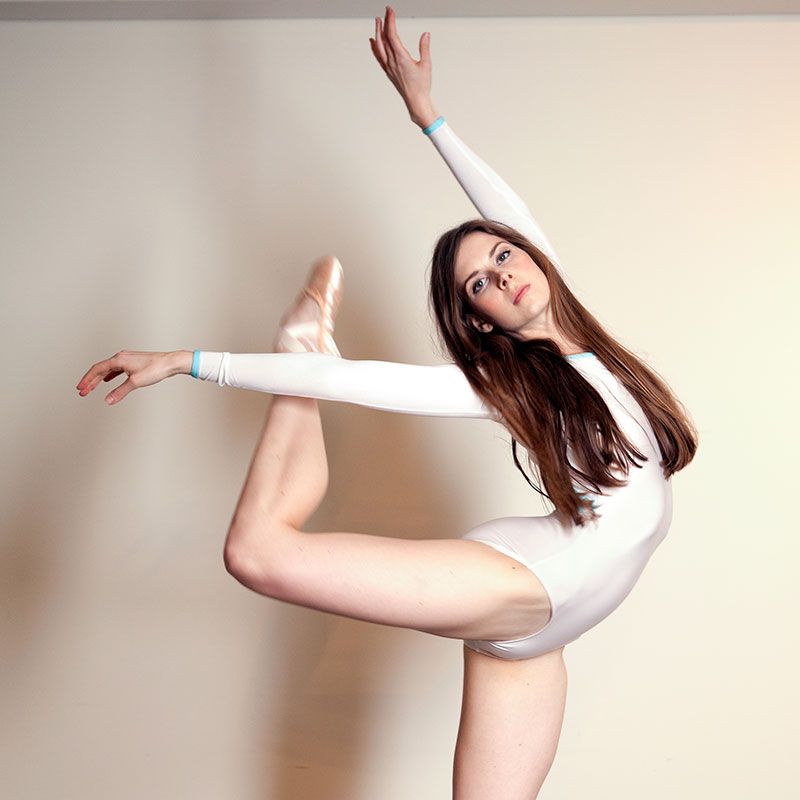
Tip #4: Perform dynamic stretches before class and static stretches after.
According to Dictionary.com, a dynamic stretch is "a type of sports fitness routine in which momentum and active muscular effort are used to stretch and the end position is not held."
These types of stretches -- such as shoulder rolls, torso twists, and arm swings -- are best used just after warm up, at the beginning of class. Some other good dynamic stretches for the lower body include hip circles, forward and backward lunges, and leg swings. Regardless of which you choose, dynamic stretching is ideal for the start of class because you're getting your heart rate up, while also stretching and warming up muscles.
Static stretching, on the other hand, involves holding a certain stretch for a specific period of time. This is usually best done toward the end of class, during your cool down period. You should hold these stretches for at least 30 seconds, or even up to 60 or 90 seconds -- especially if you have a particular muscle you're trying to enhance flexibility in.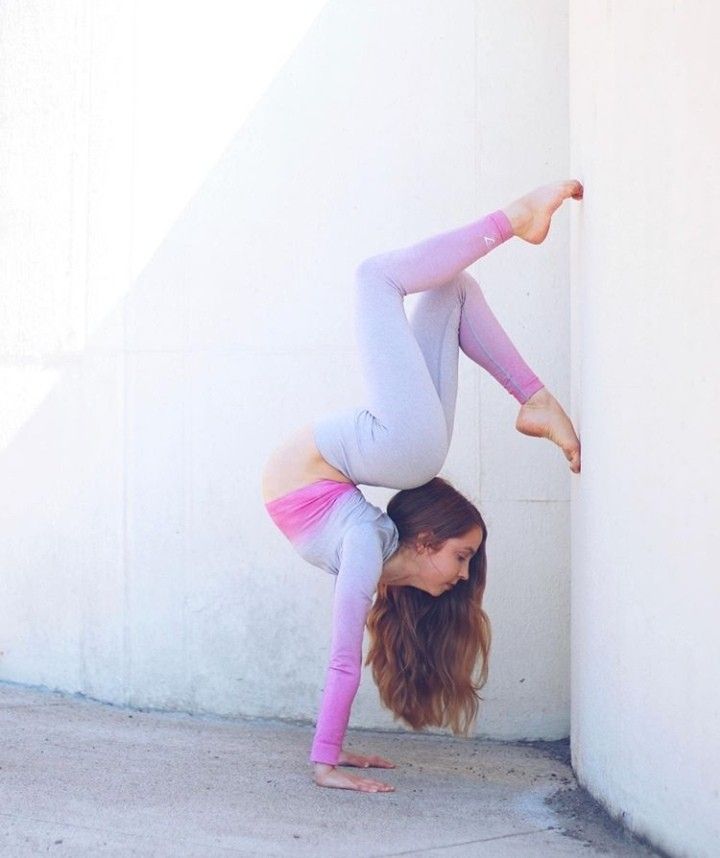 At the end of your dance class, your muscles will be nice and limber, so you'll be able to push them further during static stretches.
At the end of your dance class, your muscles will be nice and limber, so you'll be able to push them further during static stretches.
Both dynamic and static stretches are good ways for dancers to improve their flexibility. However, it's best to avoid ballistic stretching, which incorporates bouncing movements where the muscles and tendons are rapidly stretched and relaxed. This can cause strain and can even damage tendons, joints and muscles.
Tip #5: Use strength training.
If you're trying to improve your flexibility as a dancer, then add some strength training to your workout routine mix. While flexibility improves the length of your muscles, strong muscles mean you can hold your dance positions for longer.
Tip #6: Don't push too hard.
If you're having sharp or severe pain, chances are, you've taken things too far. Don't continue on or try to push through the pain. Pain is your body's way of signaling that something is wrong.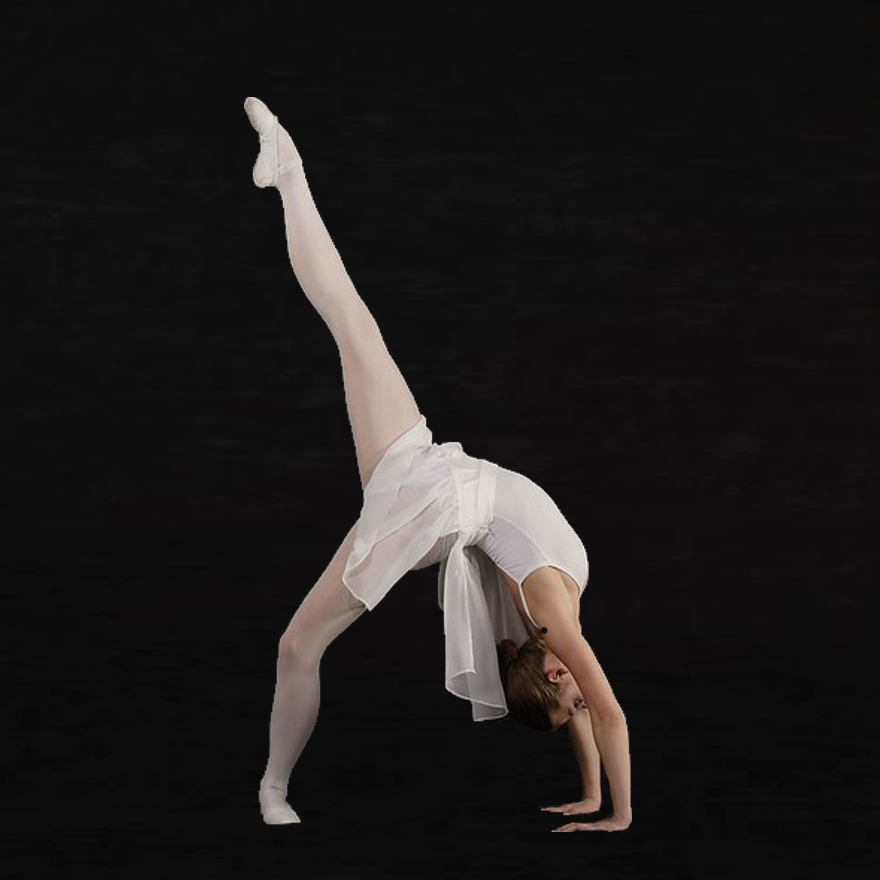 Likewise, don't stretch for too long before a big performance. Doing so can actually cut down on your ability to perform your jumps properly.
Likewise, don't stretch for too long before a big performance. Doing so can actually cut down on your ability to perform your jumps properly.
At Just for Kix, we offer all styles of dance uniforms and dance wear that are both stylish, as well as comfortable and functional. From hip hop pants to crop tops and sweatshirts, we've got you covered (literally)! Shop now and check out our collections.
Request a Just For Kix Catalog!
types of flexibility and basic stretching exercises
Contents
A flexible body, elastic muscles and mobile joints are the key to beauty and health at any age. Flexibility is not only innate, but also an acquired quality. Without a doubt, every dancer should have it.
What is flexibility
Flexibility is the ability of the body, namely muscles, ligaments and joints, to give maximum amplitude in various movements and physical exercises.
The flexibility of the body depends on genetics, the structure of the joints, the elasticity of the tendons. This indicator is also related:
This indicator is also related:
- with age. Children and adolescents tend to be more flexible than adults;
- with floor. Women are naturally more flexible than men;
- with the level of physical fitness and fitness.
Types of flexibility as it happens
There are several varieties:
- Dynamic flexibility is the maximum possible range of motion in a joint without any outside help. For example, standing against a wall, the athlete raises the leg to the highest possible level and holds it for several seconds. Also, the dynamic view is fixed when performing exercises, for example, with swings;
- Passive (static) flexibility always exceeds active dynamic. It is achieved with an external impact on the joint. For example, the athlete or his partner holds the raised leg with the hand in maximum amplitude;
- Special refers to the mobility of specific joints.
 Different sports and dances require different levels of joint mobility;
Different sports and dances require different levels of joint mobility; - Anatomical. Habitual daily movements in terms of joint mobility are very limited. Use of the reserve of pledged flexibility up to 95% occurs only during special classes;
- Excessive flexibility is dangerous, as the stability of the joint is lost and the maximum stretching of muscles and ligaments is reached. This is fraught with injuries (dislocation, rupture, sprain).
Sign up for a trial lesson
Why flexibility is important for dancers
Good flexibility is the key to beautiful amplitude movements and speed of changing positions
A flexible body is more responsive, plastic and enduring. Good amplitude in the work of all joints gives excellent coordination between all parts of the body.
These motor indicators are extremely important in dance. Movable joints and stretch-responsive muscles make the body supple, able to quickly perform complex movements and ligaments.
Flexibility can be improved by regular stretching.
What exercises help to develop flexibility
Stretching (from the English "stretching") always begin with a quality warm-up of the whole body. Pulling muscles and ligaments is possible only in a heated state. To do this, it is enough to perform a warm-up of 2-3 dynamic exercises, involving all the main joints.
Flexibility exercises:
- Neck . Grab your head with your right hand and press your ear against your right shoulder, stretching the left side of your neck. Lock the position for 30 seconds. Repeat with your left hand.
- Spine, thoracic . Starting position on all fours. Bend your back down and lift your head up, remaining in the position for 10-15 seconds. Arch your back up, lowering your head down. Hold the position for another 15 seconds. Repeat several times at a slow pace.
- Spine, back of thighs .
 An exercise from the arsenal of yoga "Downward Dog". Place your feet and hands on the floor shoulder-width apart and bring them closer until you reach the body in an inverted V. The foot is completely on the floor, legs are straight. For greater effect in position, you can sway slightly, creating a arch in the back.
An exercise from the arsenal of yoga "Downward Dog". Place your feet and hands on the floor shoulder-width apart and bring them closer until you reach the body in an inverted V. The foot is completely on the floor, legs are straight. For greater effect in position, you can sway slightly, creating a arch in the back. - Spine, core muscles . Lying on your stomach, bend your knees, bring your feet to your buttocks. Wrap your arms around your feet and pull your legs back and up. The thoracic spine takes the maximum deflection. The position is fixed for 20-30 seconds.
- Hip Extension . Lunge forward with your right foot and shift your weight onto it. Tilt your body forward and lean on your elbows. Maintain the position for up to 30 seconds. Repeat with the other leg.
- Lateral Thigh Extension . Sitting on the floor, spread your legs as wide as possible.
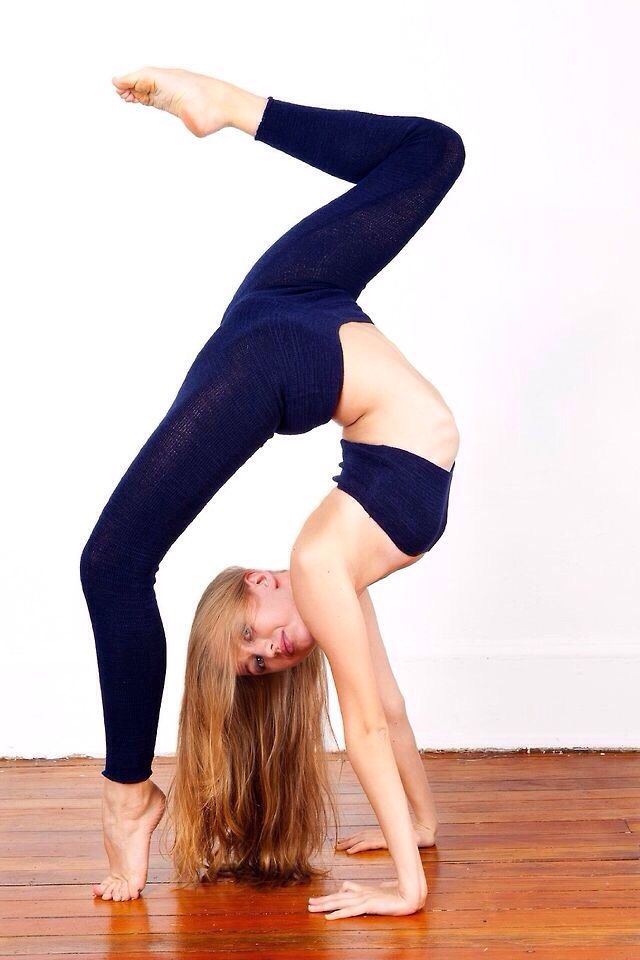 Place your body and arms on the floor as far as possible. Stay in position for up to 30 seconds.
Place your body and arms on the floor as far as possible. Stay in position for up to 30 seconds.
Tips from experienced choreographers for stretching
Flexibility exercises are performed at a calm pace, the muscles are stretched until a slight tolerable pain appears. In each position, you should stay up to 20-30 seconds, holding the maximum amplitude of the stretch.
For general flexibility development, it is enough to stretch 1-2 sessions per week as a small addition to the main workout. The presented set of flexibility exercises is one of the possible options for this form of training.
If increasing the flexibility of the body is the main task, then it is worth doing stretching in the format of a full-fledged lesson. We recommend starting stretching under the guidance of an experienced instructor.
Benefits of working with a coach:
- safety : no risk of injury;
- effectiveness : the coach selects the exercises based on the physical data of the student;
- speed : a professional instructor uses techniques to achieve maximum results in the shortest possible time.
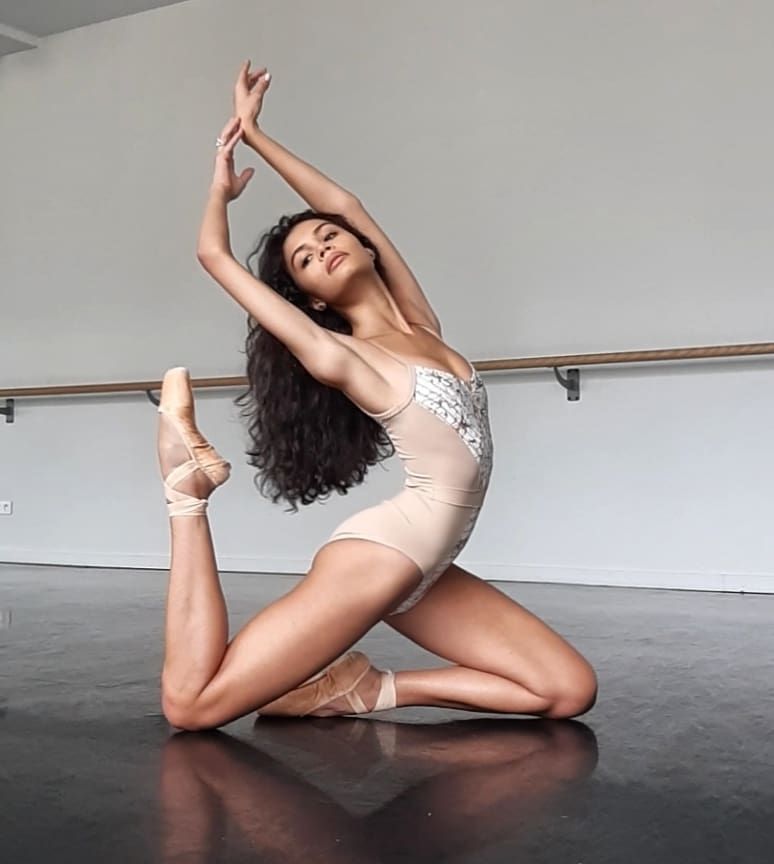
The dance studio "La Boca" is open for stretching and stretching. Classes are conducted by a professional ballerina Victoria Krivtsova and an international master of sports in Latin American dances Olga Dubravina. Lessons are held in small groups and with an individual approach to everyone.
Sign up for a trial session and experience the benefits of stretching with a professional.
How to develop the flexibility of the body? | DanceArt
wellness by admin
Let's first understand what flexibility is.
Flexibility is one of the five basic physical qualities of a person. It is necessary in order to perform movements with a large and maximum amplitude.
Ideally, flexibility should be developed systematically from early childhood. This quality is responsible for mobility and affects strength, speed of reaction, speed of movement, endurance.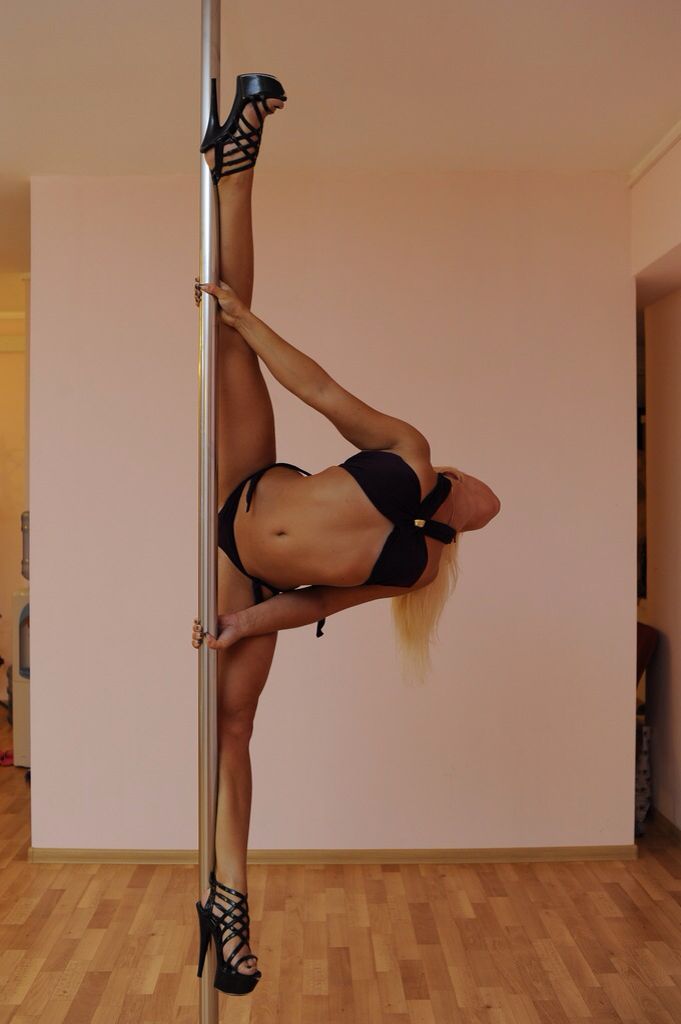
If the flexibility is not sufficiently developed, then this leads to violations in posture, salt deposits, changes in gait.
Recognizing the "enemy" in person: what hinders flexibility
Naturally, we were all born quite flexible - just look at the children. But over the course of life, these qualities began to be lost. What is the reason?
- Sedentary / Sedentary
If we sit a lot, then the body's blood pressure rises and the diameter of the arteries decreases, which increases the risk of heart disease. The spine, frozen in one position, does not receive sufficient nutrition and at the same time is subjected to a large load. Studies show that 40% of people suffering from back pain spend a lot of time at the computer.
- Malnutrition
Much is said today about the consequences of malnutrition. For flexibility, a particular enemy is those foods that do not contribute to muscle nutrition. This is exactly what many of us love so much: buns, cakes, pastries, anything with sugar.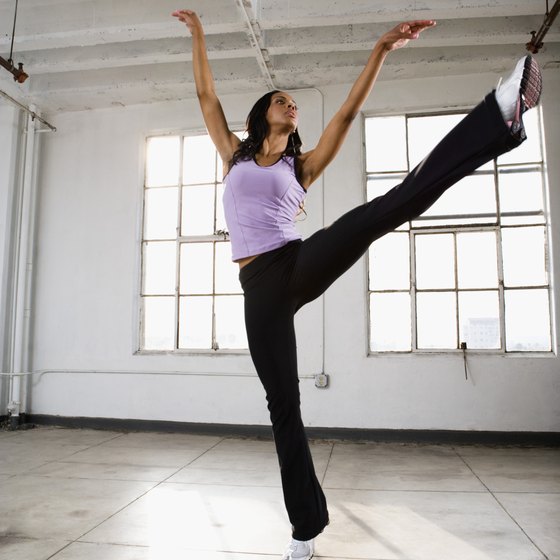
- Stress
We all need a little bit of stress. But when stress becomes the "norm" of life, it leads to a drop in living standards. In particular, during times of stress, muscles become overly tense, stiffer and less able to stretch and relax.
Accordingly, in order to improve flexibility it is necessary to: move more, eat right, make sure that you experience as little stress as possible (there are always ways to improve your life and avoid situations in which you always experience stress).
How does flexibility develop?
Flexibility is developed through exercise.
The following exercises are most effective for developing flexibility:
- yoga
- Pilates
- stretching (stretching)
- gymnastics
- all kinds of dances.
The ability to relax is important for the development of the elastic properties of muscles and ligaments. Stretching is effective when you can alternate tension with relaxation.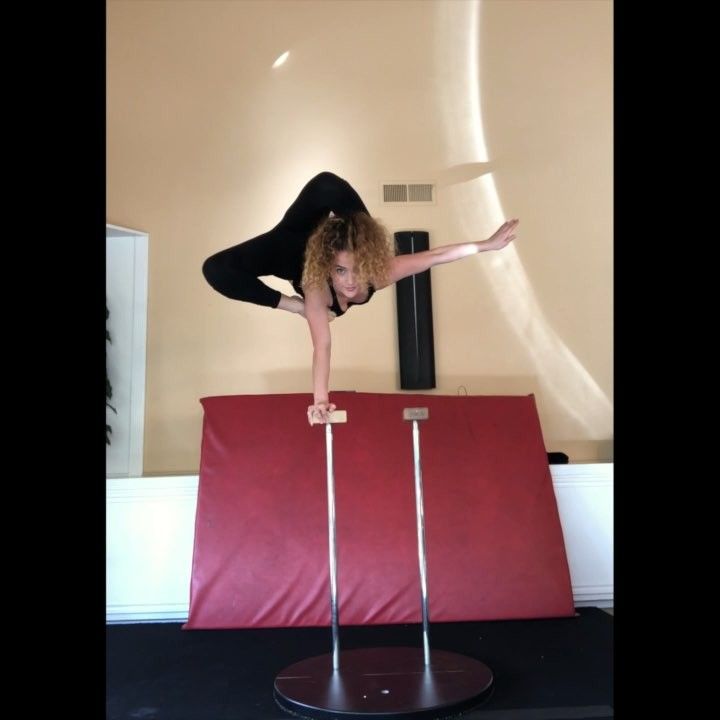
Play by the rules: how to stretch correctly
- The main condition for stretching is a mandatory warm-up before doing exercises. You can just turn on your favorite music and dance to it as you like - you need to warm up. You can also dress warmly to warm up faster and keep your body warm throughout the session.
- It should be remembered that all stretching and flexibility exercises should be performed slowly, the amplitude and strength of the impact (if you are doing exercises with the help of a partner or with weights) should increase gradually. In exercises for the development of flexibility, the rule applies: "go quieter - you will go further."
- Mobility develops and is maintained as you continue to exercise. And, unfortunately, mobility is lost, regresses if there are no exercises. Ideally, you should exercise every day. But if you do not have a goal of becoming a professional athlete or dancer, then 2-3 times a week is enough to maintain and gradually develop your form.
